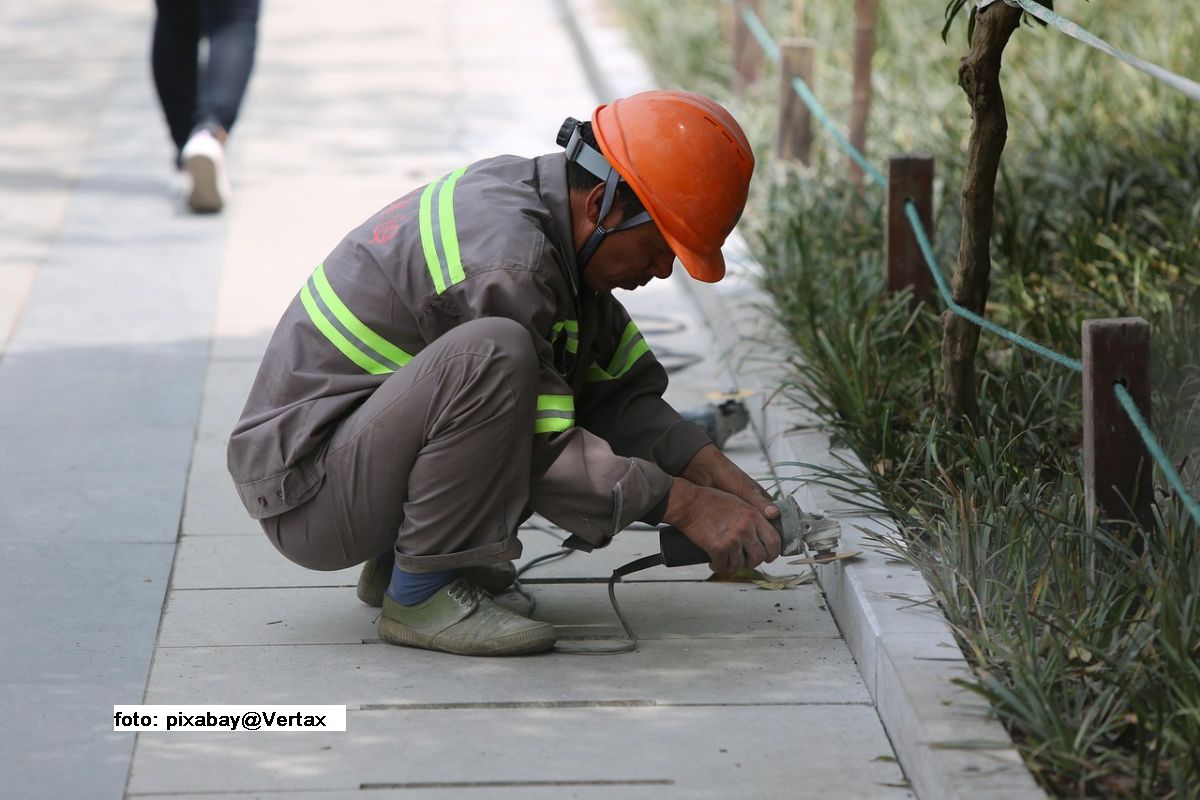Efforts to curb infant and maternal mortality in rural communities in Romania.
In Romania, especially in rural areas, there are still mothers and babies who die at birth.

România Internațional, 05.10.2016, 12:15
In Romania, especially in rural areas, there are still mothers and babies who die at birth. European statistics show that we have the highest rates of infant and maternal mortality in Europe. Although investments have been made in rehabilitating medical care facilities, in many areas in the country medical services are not provided at European standards. Through the project “Mothers for Life. Life for Mothers”, World Vision Romania and MSD Romania want to change this state of facts. The project was launched through public debates on issues such as the health of vulnerable women in Romania, alarming statistics, the drop in the age at which girls become mothers and difficulties in accessing medical services for women in rural areas.
Daniela Buzducea, the Executive Director of World Vision Romania gave us details:
“Its a program that was launched in March this year, and is being implemented in three counties: Dolj, Valcea and Vaslui. These are the places where the highest rates of infant and maternal mortality have been registered. Also, just like in other places in the country, here the differences between urban and rural are huge, both with regard to the access to medical care and also in terms of social issues that impact all the other health and education indicators. Its a program running in 30 rural communities and it is intended to impact some 15,000 young women and mothers in two and a half years. We, at World Vision Romania, believe that each and every child must benefit from equal chances of development.”
Under this project, a research was conducted into barriers facing vulnerable women in rural areas in Romania when they attempt to access pre-natal care services and reproductive health services. The project manager Cornelia Paraschiv told us more about the results of this study:
“Criteria on the basis of which contraceptive methods are chosen are not known, and neither are the correct way in which such methods are to be used or the side effects that some methods might have. Also, abortion is a common option to avoid the consequences of an unwanted pregnancy, although the women who participated in the study knew about potential complications entailed by such an option. A small part of the respondents knew that pregnant women benefited from health-insurance, even if they had not contributed to the national insurance fund. As regards young mothers, many of them have resorted to abandoning their babies, abortion being rejected as an option for religious reasons. Pregnancy in teenage girls is a phenomenon that has expanded significantly in Romania, and we rank first in Europe from this point of view. 90,000 young women got pregnant between 2009 and 2012, and 37,000 had an abortion during the same period.”
According to the Romanian legislation, pregnant women can benefit from free tests, but in reality this doesnt always happen. Knowing that they have to pay, they choose not to see a doctor. About this issue, Raluca Zoitanu, a State Secretary and Advisor with the Health Ministry said:
“There are two dimensions here. One concerns the pregnant women who have an insurance but who do not manage to access the free services that they are entitled to in due time. The second issue concerns women who are not insured. Although the Romanian legislation stipulates that all pregnant women in Romania are insured, there are steps that, unfortunately, a pregnant woman must take in order to benefit from this right. Now the Health Ministry is working on a law aimed at better regulating community health care.”
Here is now Lidia Onofrei, a senior-advisor at the Health Ministry and coordinator of such activities:
“In the past year, the Health Ministry has actually doubled human resources for community medical care. We now have 1351 medical nurses in particular in the vulnerable areas, and we are also working on employing another 200. In the Roma communities we have 460 health mediators and we intend to hire more. We have already conducted an analysis of poor areas in Romania and we are trying to identify funds for the coming period, in order to reach these areas. We want to ensure an integrated approach, from a social, medical and educational perspective, and there are also several projects running that the Health Ministry is a partner to. We also have UNICEF projects in the north of the country, including the project in Bacau, where we have nurses, social workers, family doctors, school counselors and other specialists working together. We would like to thank World Vision for taking the first steps in another three counties, Dolj, Valcea and Vaslui, and we are now trying to bring our own human resources in those communities. I would like to say that starting this year, Dolj has more than 90 community nurses, which means a coverage of more than 90% of the human resource needs.”
The counties of Dolj, Valcea and Vaslui were selected on the basis of the poverty and maternal mortality rates. In Dolj, the maternal mortality rate was four times higher than the national rate, and in Valcea and Vaslu two times higher. Interventions carried out in 30 communities will help improve the competences of the medical staff, through integrated pre and post natal services.
The “Mothers for Life. Life for Mothers” project, developed by World Vision Romania and MSD Romania will be implemented in the next three years and is financed from funds obtained by World Vision Romania from a global grant MSD for Mothers, worth some 500,000 dollars.”






























